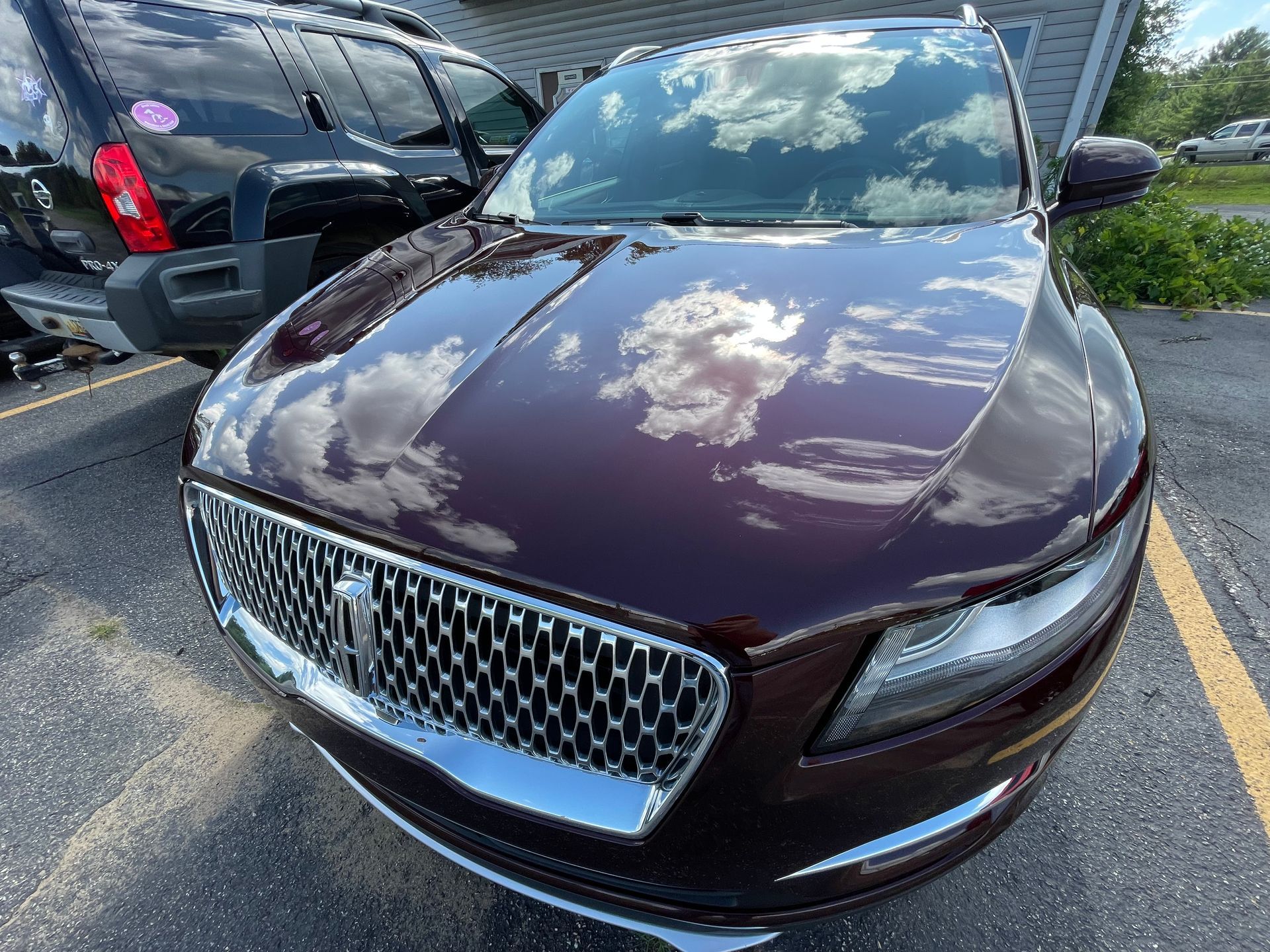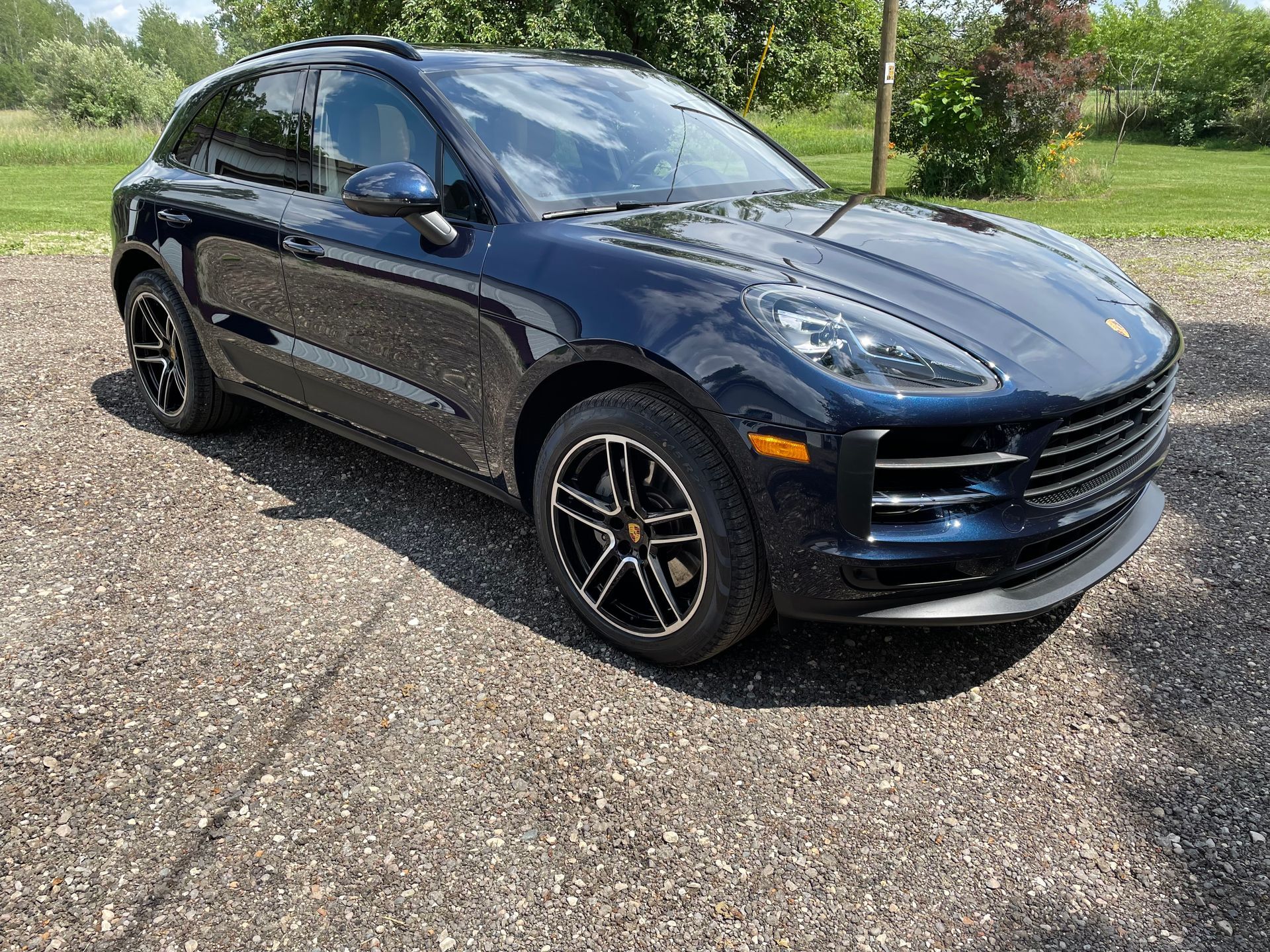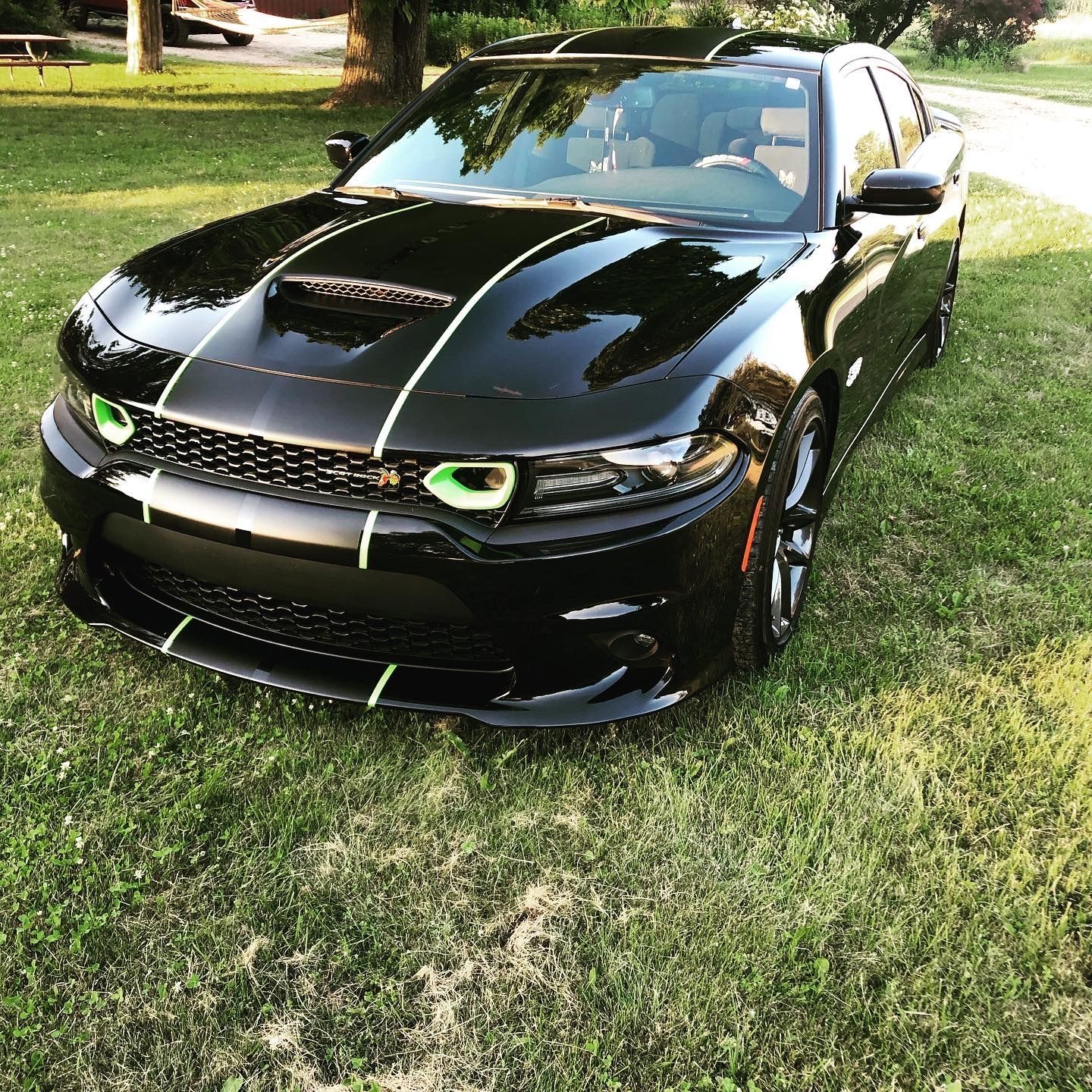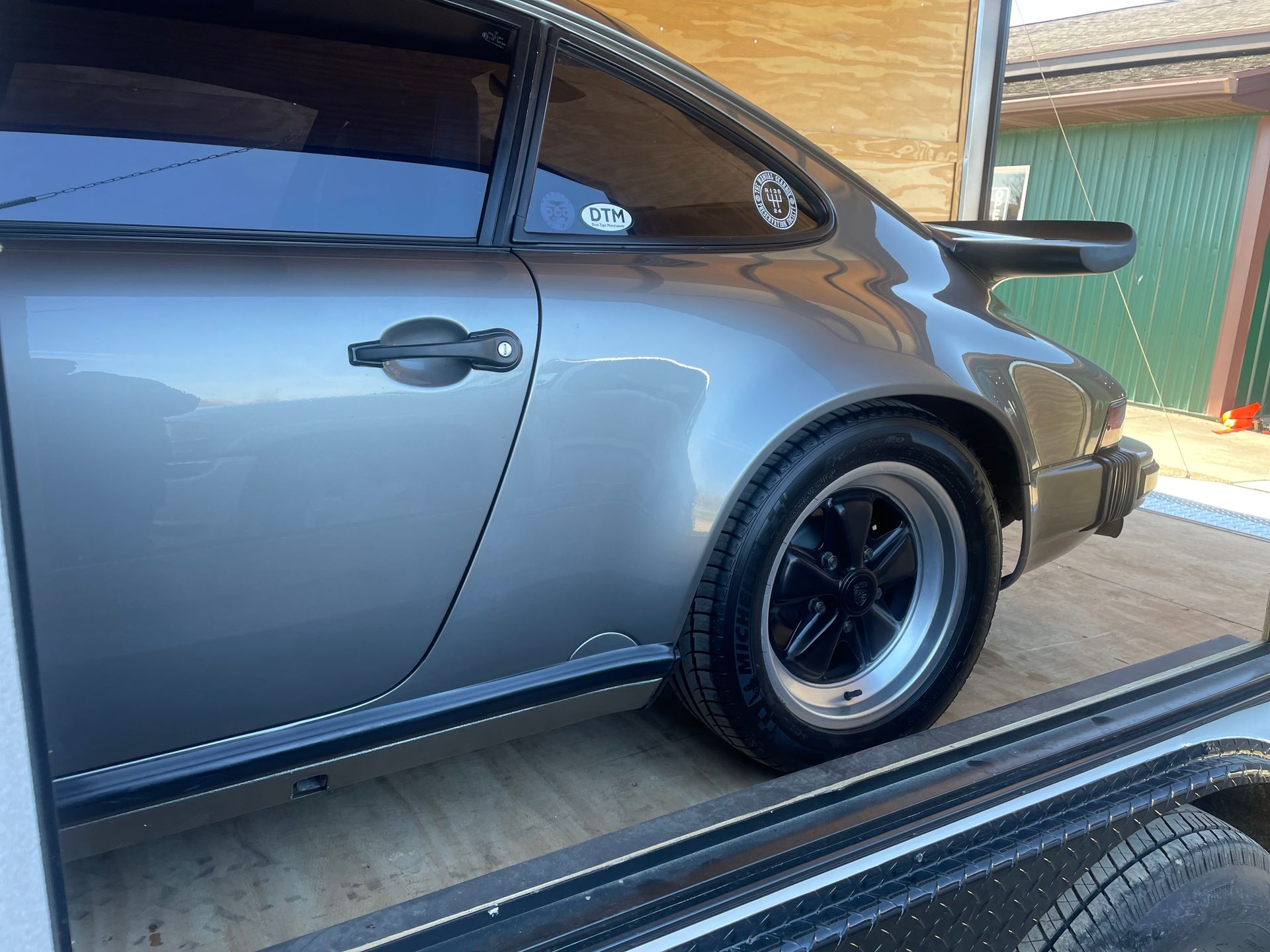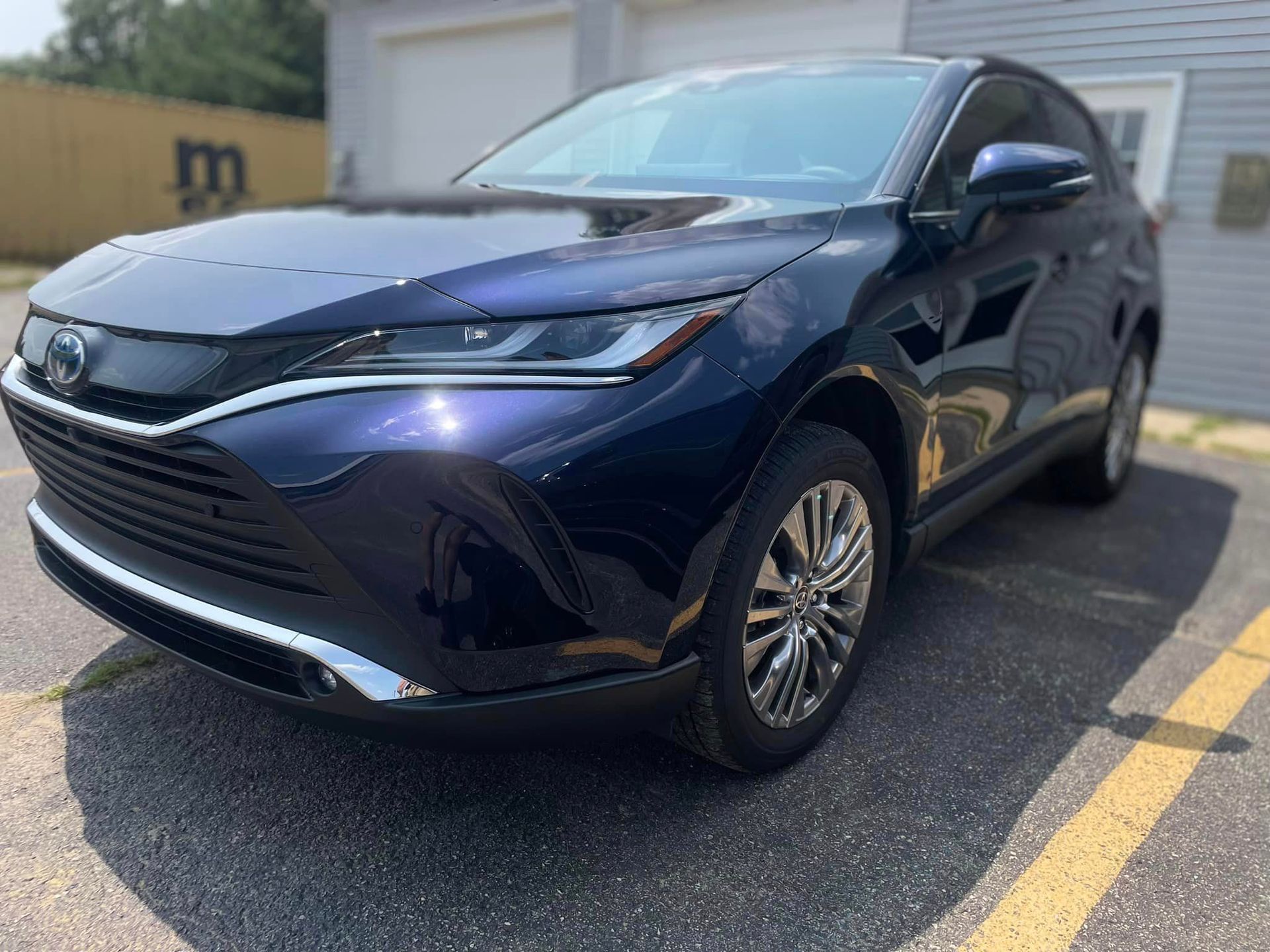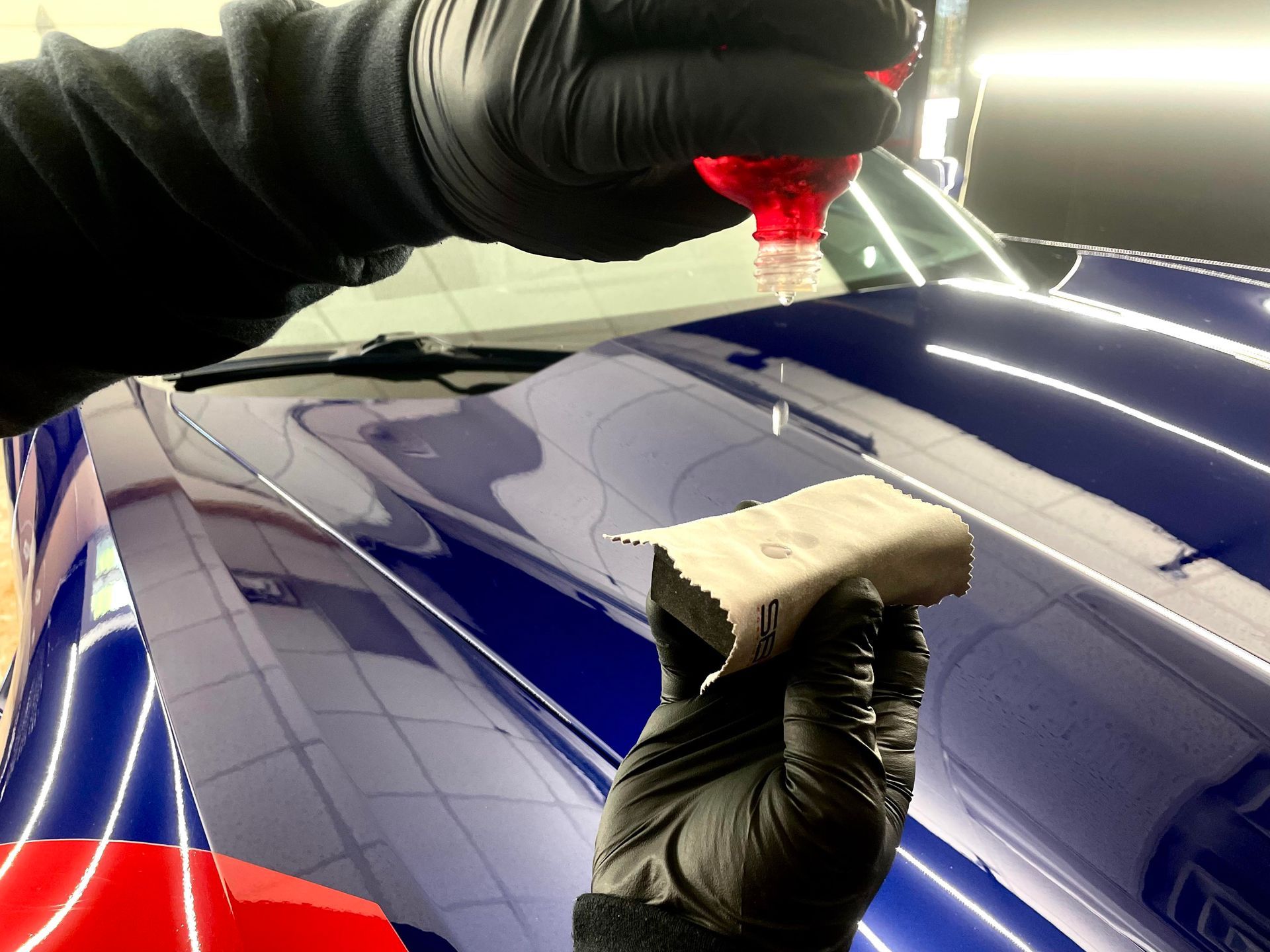
Window Tint Percentages: Types & Essential Guide In Michigan
It's important to know your options when selecting the window tint percentages for your car. Automotive tinting improves your driving experience in a number of ways, from UV protection to privacy assurance. This guide will help you choose the ideal tint percentage for your needs by breaking down the various tint percentages and outlining their benefits.
What Is A Window Tint Percentage?
Window tint percentage refers to the amount of light that a window tint film allows to pass through your car's windows. For example, a window tint of 70% allows more light compared to a window tint of 15%. Automotive tinting can be defined as the application of a tint film to the windows of the car, and this has several layers, such as the adhesive layer and the UV protection layer. Together, these layers offer advantages, including privacy solutions and heat control. Your windows stay transparent and exposed to the sun's damaging UV rays and heat without tinting, which can cause your interior to get too hot and cause your upholstery to fade.
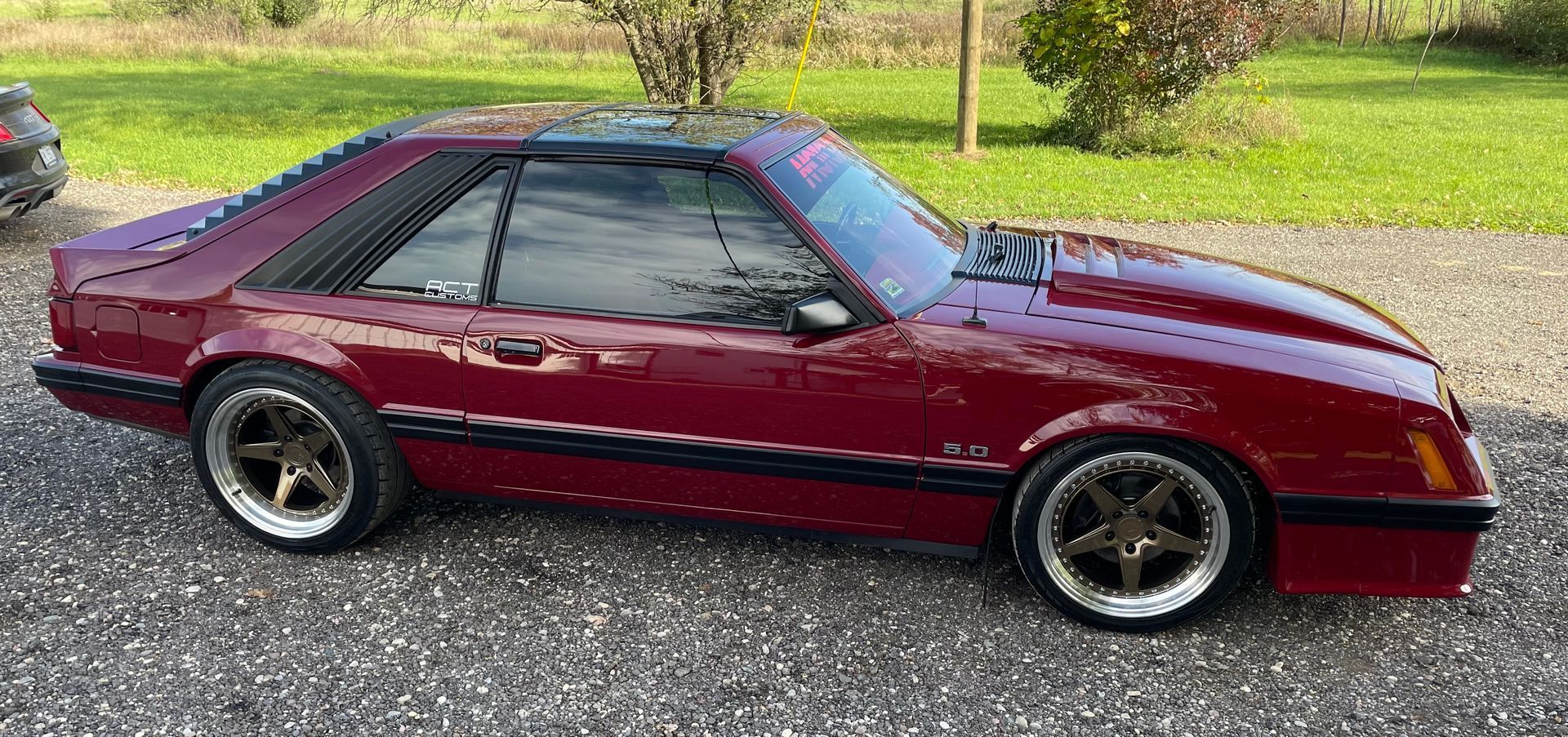
What You Need To Know About Car Window Tint Percentages
There are some aspects that an individual must know about window tint percentages, including safety measures, the impact on visibility, and legal issues.
Legal Considerations
To prevent fines, make sure your tint film complies with local rules. Installing window tint in Howard City, for example, means adhering to Howard City’s rules and preserving security with the appropriate safety layer.
Tint Darkness Levels
There are several advantages to different tint darkness levels, including heat control and glare reduction. Select a shade that strikes a balance between safety and security because the shade you choose has an impact on privacy and light transmission.
Safety Concerns
Window tinting in Howard City increases security and safety by strengthening glass and lowering the chance of breakage. By installing window tint, you may increase safety and preserve unobstructed sightlines.
Tint Visibility
Your ability to see out of your windows is impacted by tint, particularly at night. With the correct privacy tint, security is provided without sacrificing visibility.
Right Tint Application
Applying tints correctly requires using exact methods such as heat shrinking and wet application. Long-lasting performance and fewer maintenance requirements are ensured by properly applied tint film.
Common Car Tint Percentages
The percentages of window tint vary, each providing special advantages for various applications.
70% Window Tint
A 70% window tint is the best if you are looking to minimize heat and glare while still being able to see through the windows clearly. This type of tint has an anti-glare layer and infrared rejection layers, which makes it excel in heat and glare functionality. For those drivers who would like to have a light tint that at the same time offers protection, it is perfect.
50% Window Tint
A 50% window tint is a perfect choice for people who are looking for a fine balance between privacy and visibility. With a UV protection layer and a privacy tint, it fits under privacy solutions and sun protection. This tint level is particularly appropriate for people who would like to achieve an average level of darkness on their windshield while still maintaining sufficient light visibility.
35% Window Tint
A 35% is another that is much appreciated by those who want to have control over the heat and the aesthetic enhancement. Altogether, the working of the tint film and the metalized layer enables heat regulation and the elimination of glare.
20% Window Tint
If you want to control the heat and have privacy, a 20% window tint is a good choice. While keeping your automobile cool, the infrared rejection layer and privacy tint provide great protection from prying eyes. Because it is darker than the 35% tint, there is more privacy.
15% Window Tint
Of the standard percentages, a 15% window tint offers the maximum privacy. It's perfect for maintaining the privacy solutions you require and for aesthetic enhancement. You are given the best possible UV protection and interior protection thanks to the tint film and privacy tint layers.
What Is The Best Tint Percentage For Your Car?
The appropriate tint proportion for each component of your car is determined by its unique requirements. Generally, a lighter tint, such as 70%, is best for front windows. This minimizes glare and provides UV protection while at the same time providing reasonable visibility. To comply with the law, a higher visible light transmission (VLT) percentage is required in many places where front windows are subject to higher standards.
As for the side windows, your choice is considerably greater. One that is widely used and offers a reasonably good level of both visibility and privacy is the 35% tint. If privacy is a top concern, side windows can be tinted a darker 20% or 15%, which will effectively obscure views from the outside while allowing reasonable interior visibility.
You can achieve the highest level of comfort, privacy, and legal requirements by adjusting the tint percentages depending on the location of the windows.
Legal Tint Percentage In Howard City, Michigan
Regarding the maximum darkness of your window tints, Michigan legislation is quite explicit. You are not allowed to apply a tint to the front windows that is less than 50% VLT. This implies that the tint must allow for the transmission of at least 50% of ambient light. On the other hand, you can choose how dark you want the tint to be on the windows behind the front seats, including the back and rear side windows.
Furthermore, when it comes to tint measurements, law enforcement officials in Michigan are permitted a 3% tolerance. While there is some flexibility given by this tiny margin, it is crucial to adhere to the law to prevent any fines or problems during car inspections.
How To Calculate Tint Percentages
It’s also important to know how to calculate the tint percentages. Most vehicles’ windows get tinted in different percentages to let in some light and maintain visibility inside the car. A 20% tint means the glass transmits only 20% of the light while a 70% tint means it transmits 70% of the light. Take into account the factory tint on your windows and apply your selected film on top of it to get the overall tint level.
To calculate the overall VLT when layering multiple films, multiply the VLT percentages of each film together. For example, if you apply a 70% VLT tint on top of a factory-tinted window with an 80% VLT, the result would be a 56% VLT. Knowing this lets you select the appropriate tint level to satisfy legal and visibility criteria.
Different Colors Of Window Tints
Not only can window tints increase the darkness of your car, but they also come in a range of colors that can boost aesthetic enhancement or improve vehicle customization.
For instance, charcoal or gray tints provide a sophisticated, timeless appearance that effectively blocks heat and glare. Certain paint jobs and interior decor might be complemented with a warmer appearance in bronze or brown tones. If you are looking for something more modern, then tints in blue or green are a fresh and unique look that does not compromise the amount of UV protection needed.
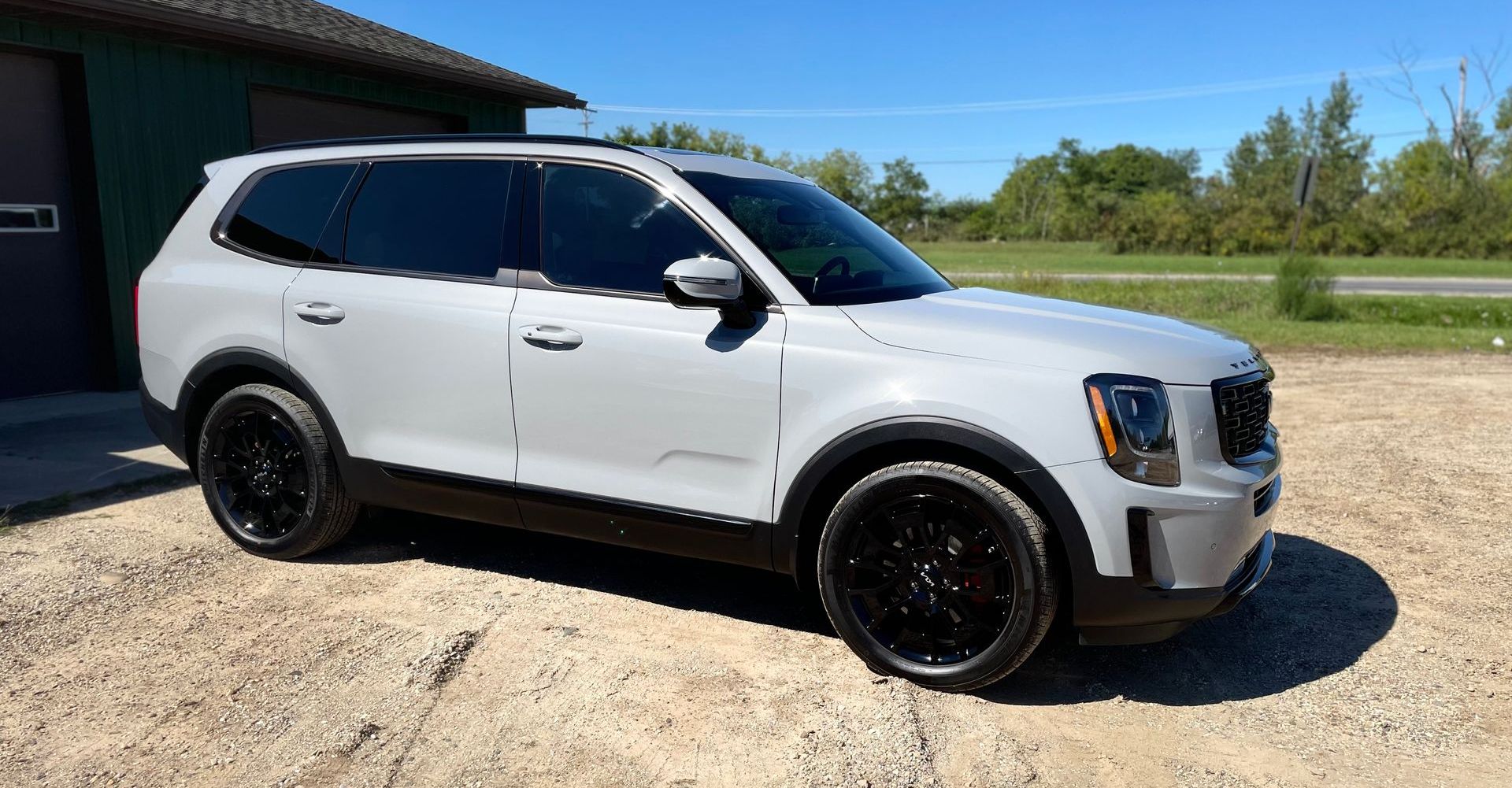
Why Choose ACT Customs For The Right Tint Percentages?
At
ACT Customs, we're experts at providing vehicle customizations and upkeep that precisely suit your demands. Our car
window tinting services in Howard City produce excellent results, whether you require UV films to protect yourself from the sun or security films to increase safety. If you need the best window tint near me and are willing to embrace the right tint on your car to enhance both the looks and the feel, don't hesitate to
contact ACT Customs.
Contact us
Visit us today or contact us to schedule an appointment. Experience the best in car detailing in Howard City, MI, at ACT Customs.
austin@actcustoms.com
Phone
BUSINESS HOURS
- Mon - Fri
- -
- Saturday
- Appointment Only
- Sunday
- Closed
GET A QUOTE
We will get back to you as soon as possible.
Please try again later.
Welcome to ACT Customs, where we redefine the art of auto detailing. Our expert team is dedicated to transforming your vehicle into a pristine masterpiece. With our meticulous attention to detail and cutting-edge techniques, we guarantee a superior service that will leave your car looking flawless.
Quick Links
Contact us
- Mon - Fri
- -
- Saturday
- Appointment Only
- Sunday
- Closed
Phone: 616-262-2759
Email: austin@actcustoms.com
Address: 19499 W Howard City-Edmore Rd Howard City MI 49329
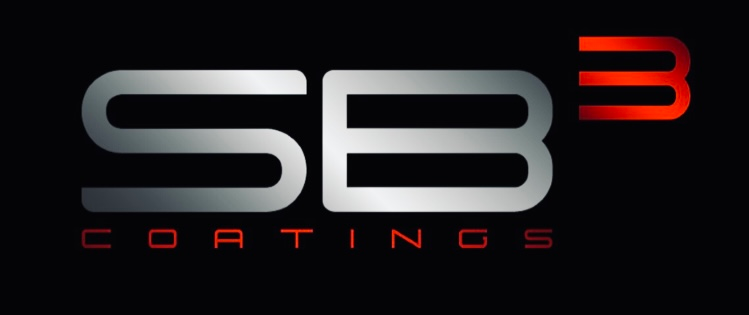
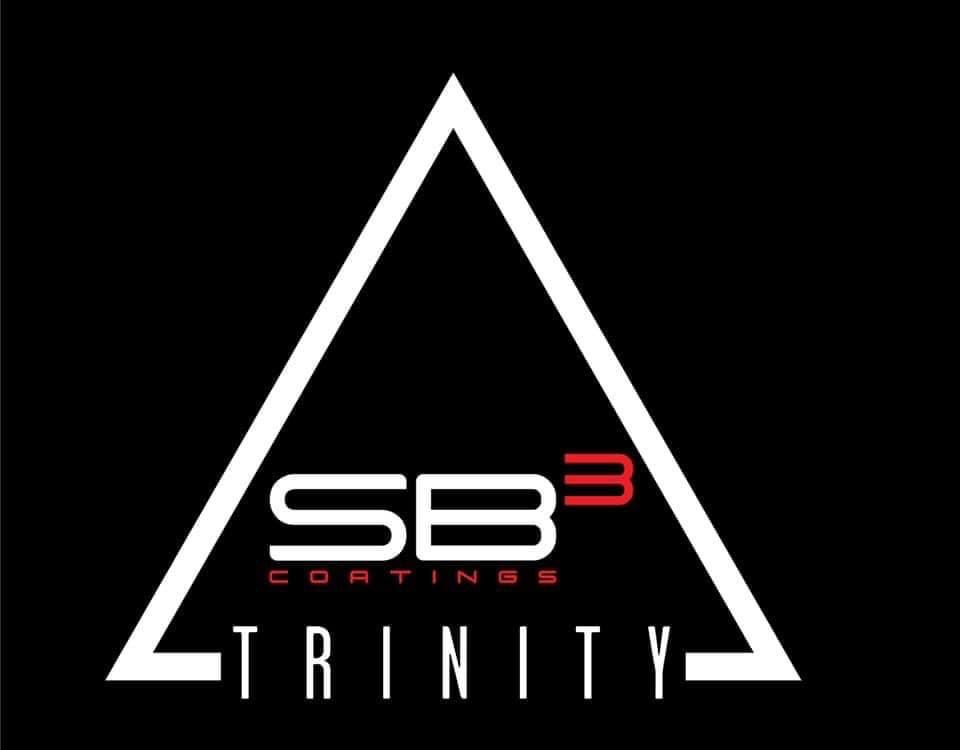


Designed by SEO Navigator
All Rights Reserved | ACT Customs LLC



